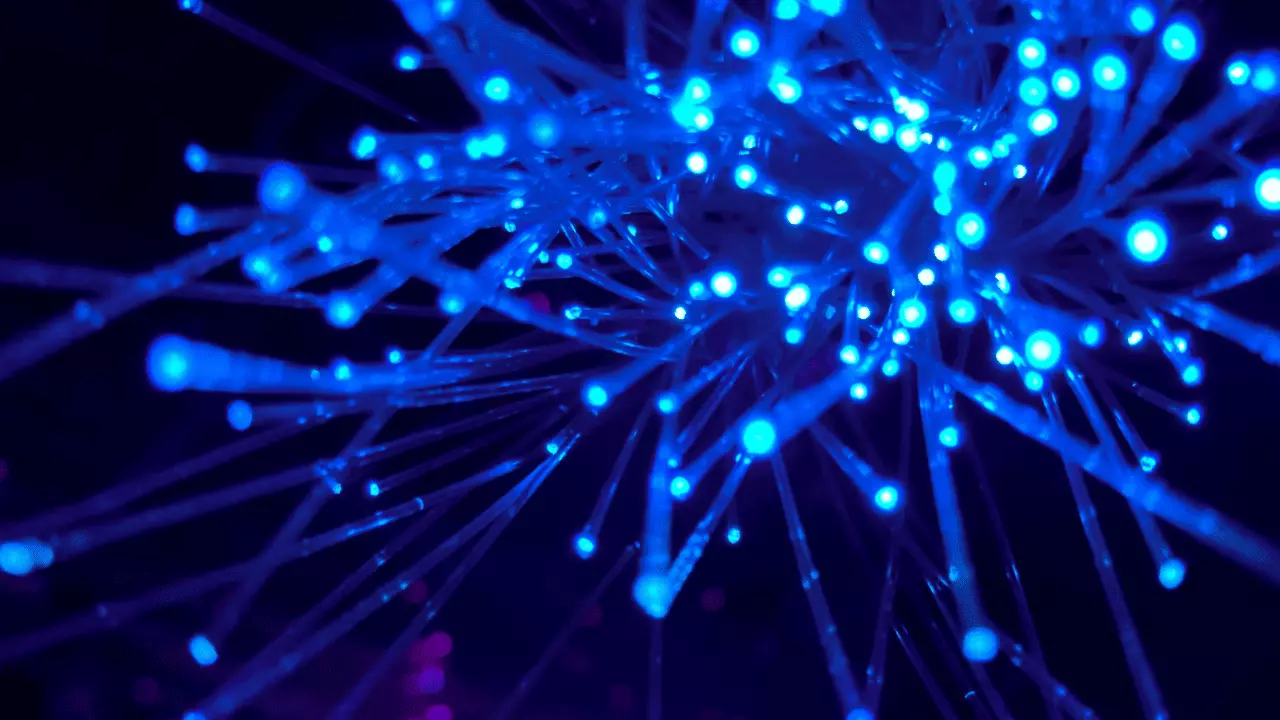Fiber optic technology has revolutionized internet connectivity with its high-speed capabilities. However, when it comes to home installations, many users are puzzled as to why fiber optic and electrical installations are done separately. This separation is not primarily due to interference concerns, as some might think, but there are several compelling reasons behind this practice.
Key Reasons for Separate Installations
- Installation Safety:
- Fiber optic installers may not have the necessary expertise to handle electrical boxes safely. To comply with Occupational Risk Prevention standards, they avoid integrating fiber cables with existing electrical setups.
- Separating these installations reduces the risk of accidents during the installation process, ensuring the safety of both the technicians and the homeowners.
- Protecting the Integrity of Fiber Cables:
- Fiber optic cables are more fragile compared to electrical cables. If they were installed alongside electrical wires, any subsequent remodeling or adjustments might easily damage these delicate fibers.
- A parallel installation minimizes the risk of fiber cables being bent excessively or damaged, ensuring their long-term functionality and reducing the need for future repairs.
- Radiation is Not a Concern:
- A common misconception is that fiber optic cables should be installed separately due to electromagnetic interference (EMI). However, fiber optics transmit light and do not generate EMI, making them immune to electromagnetic disturbances.
- The lack of electromagnetic radiation from fiber optic cables means they could technically be run alongside electrical cables without health risks or speed issues. However, this is not the primary reason for separate installations.
Conclusion: Safety and Durability Over Interference Concerns
The separate installation of fiber optic and electrical cables in homes is primarily driven by safety considerations and the need to protect the integrity of the fiber cables. While electromagnetic interference is not a concern with fiber optics, the fragility of these cables and the specific skill set required for their installation necessitate a separate approach. This ensures both the safe installation process and the longevity of the fiber optic infrastructure in your home.

